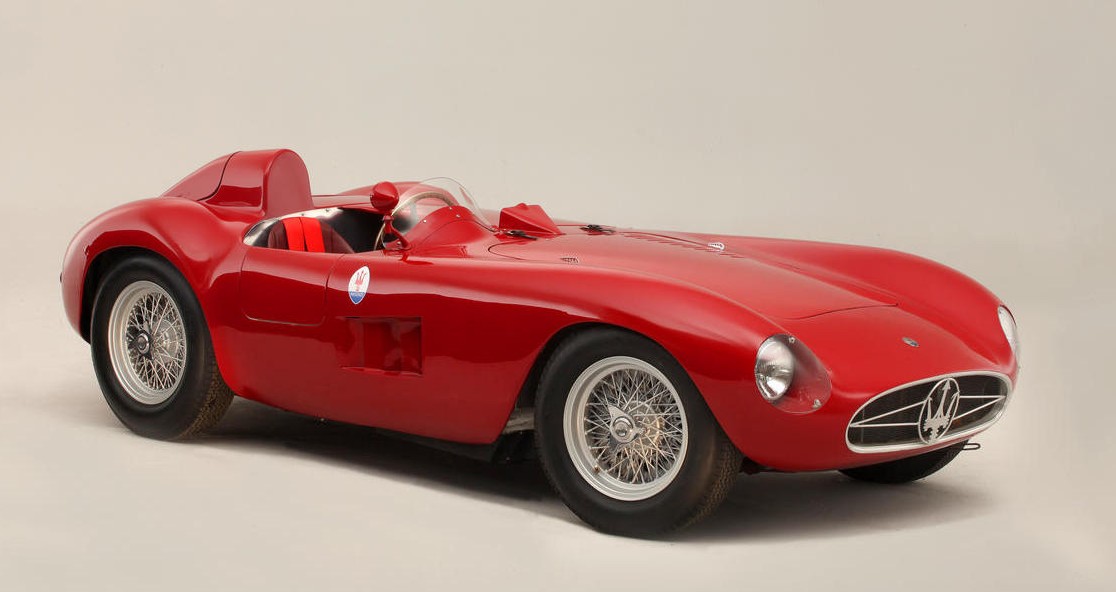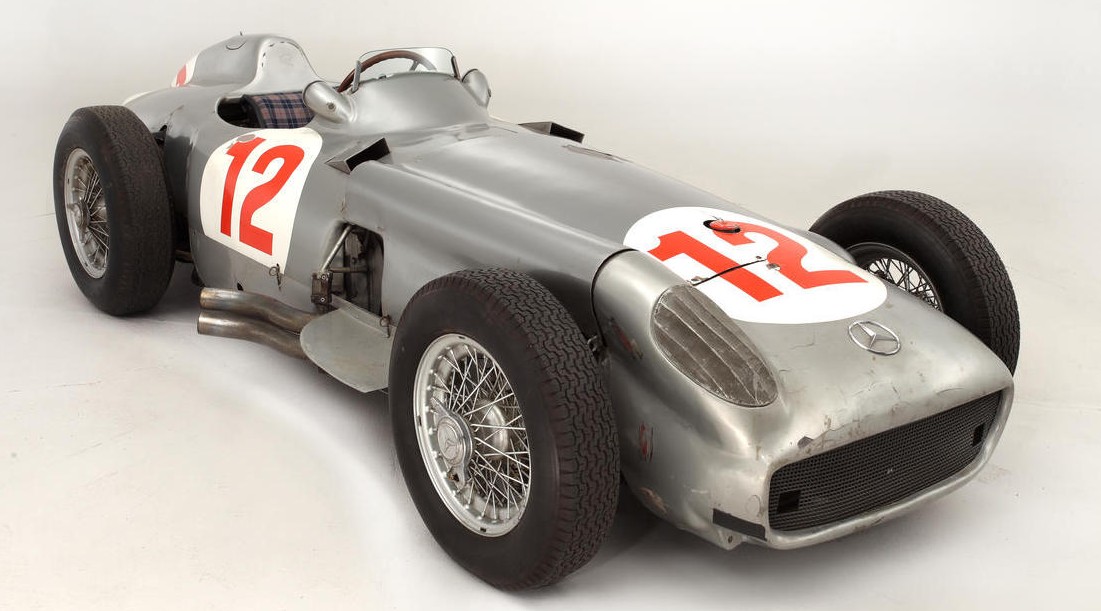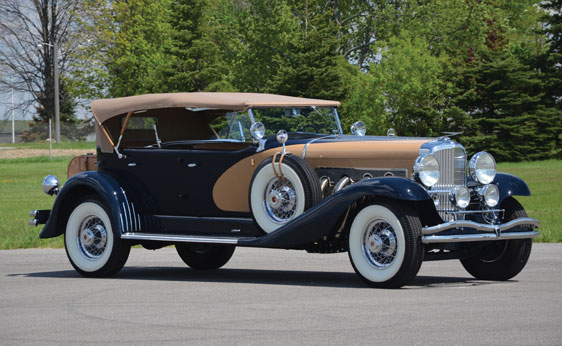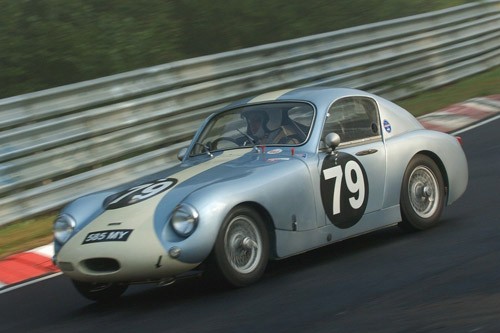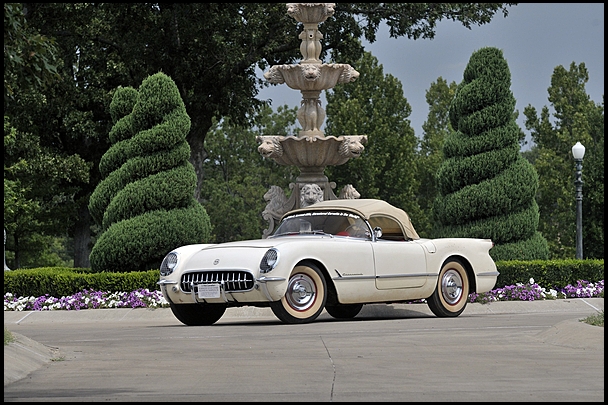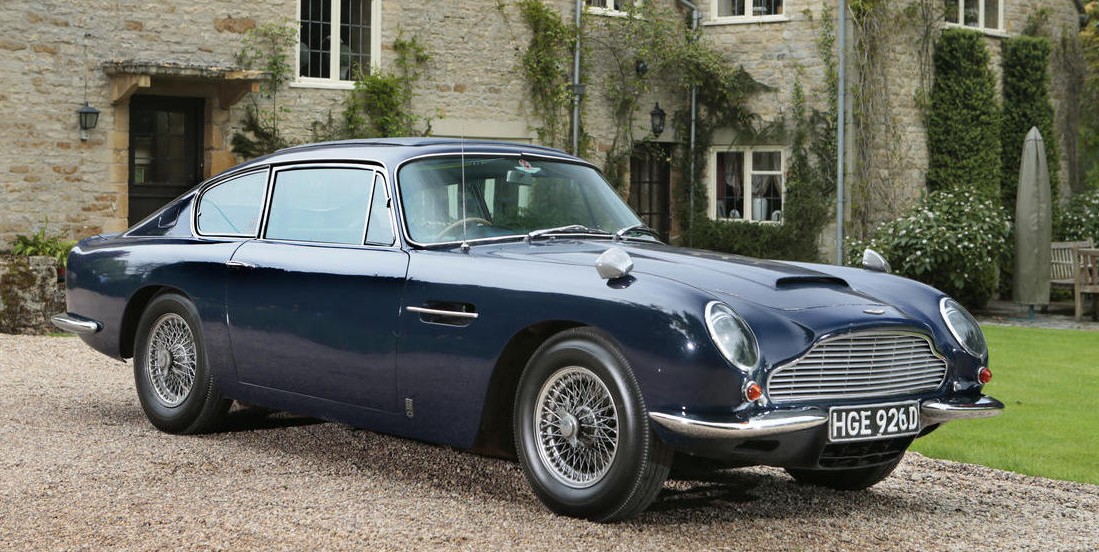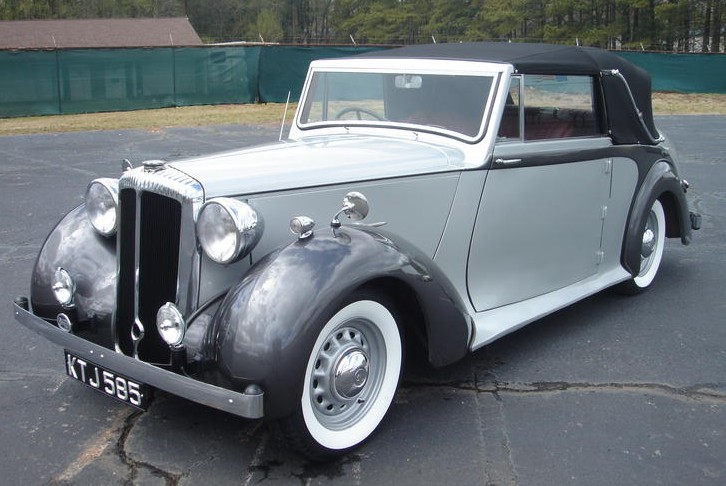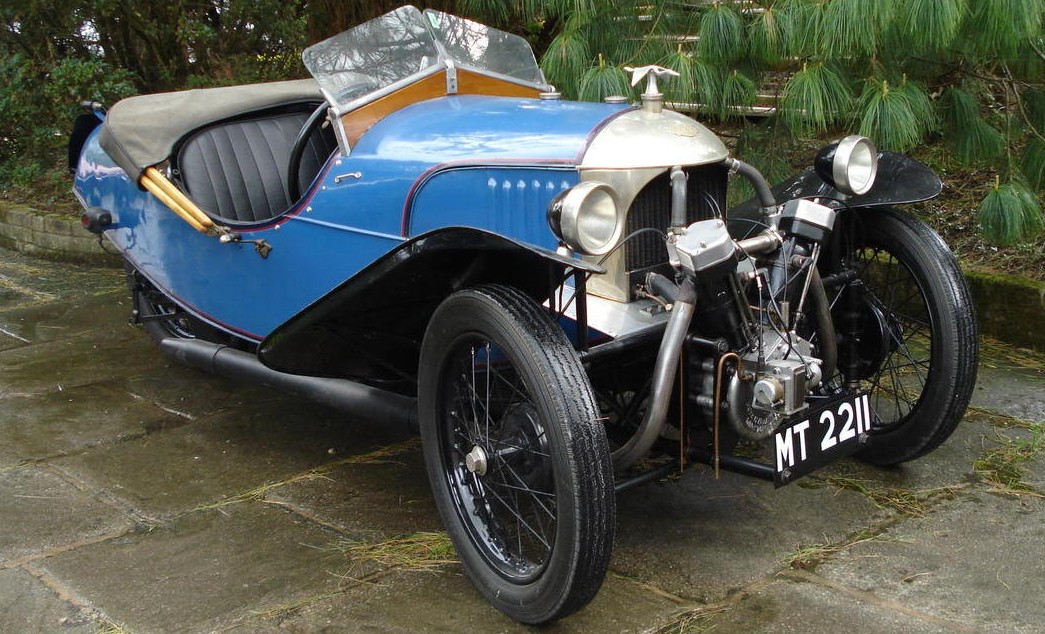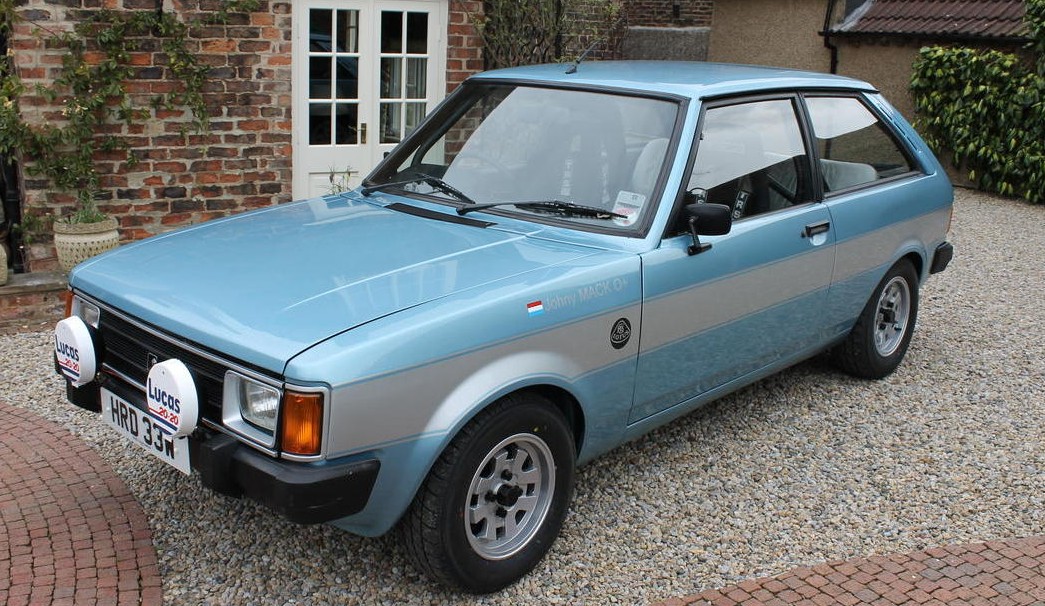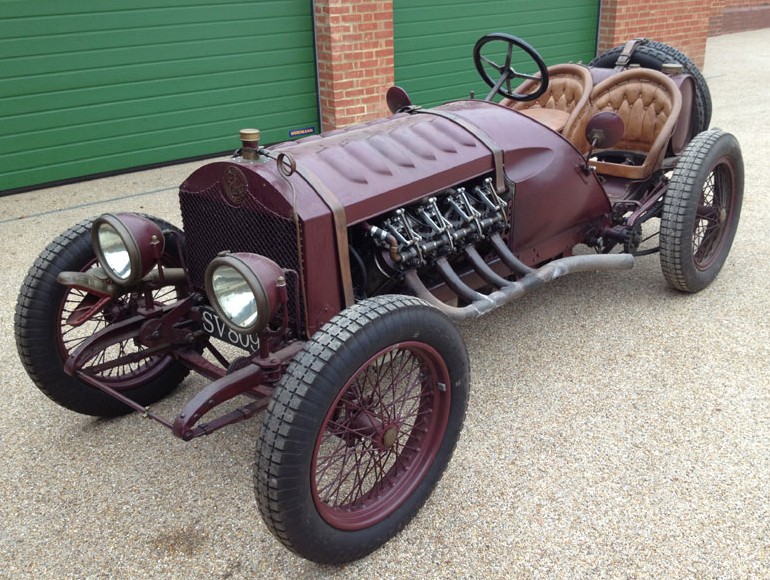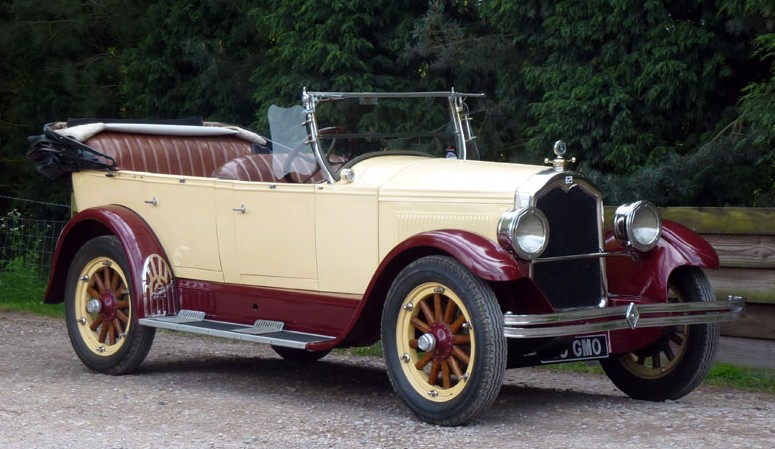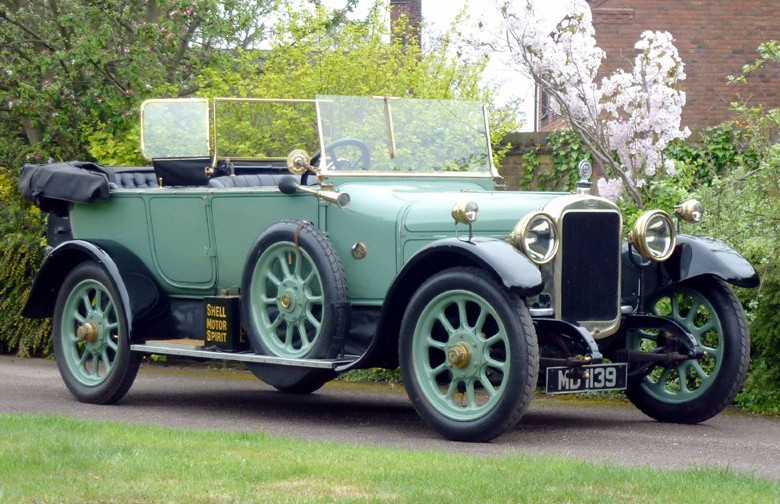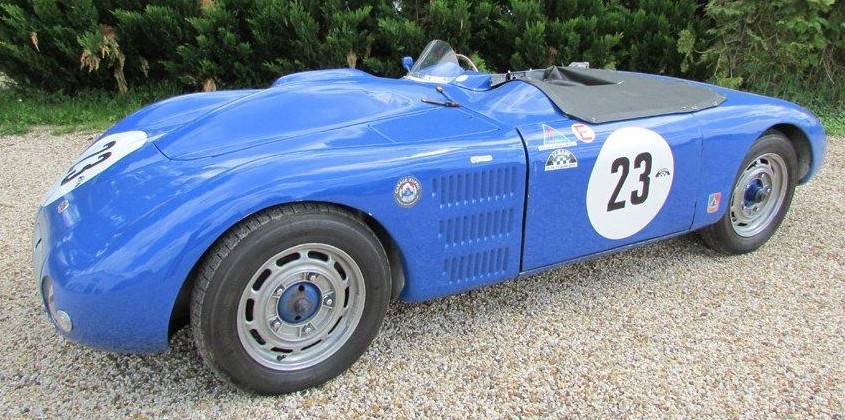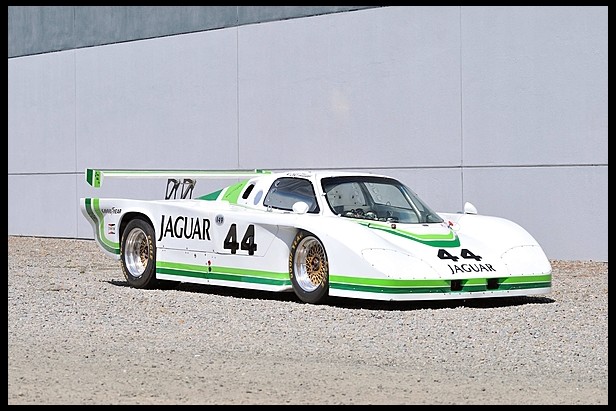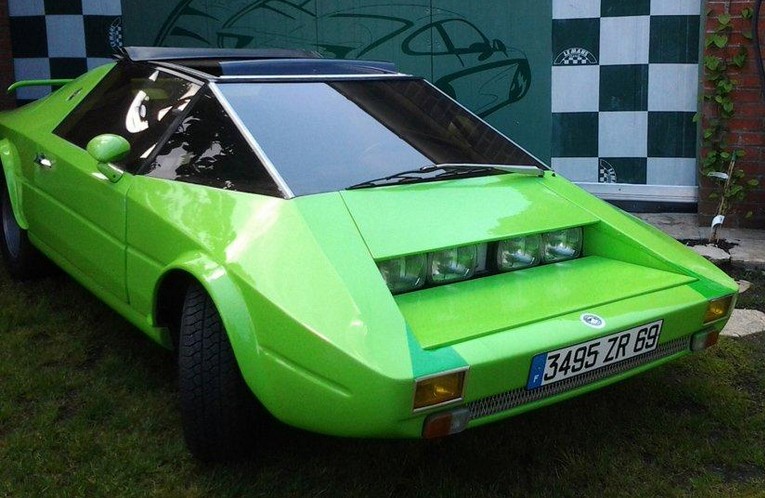The current popularity of the classic car industry is now bigger than ever! With over 28,000 people in the UK earning a living directly from the industry, which is a vast increase from what it was just 5 years ago. The industry has been named the ‘£4 million hobby’ due to the massive number of people who spend hundreds of thousands of pounds a year on buying and modifying these classic cars. The industry has boomed in the past few years, despite the recession.
There are many ways to get involved in the industry. Due to the large number of people interested in the industry, you are never far away from a car enthusiast or club! Whether you’re a beginner or an expert in cars or classic cars, buying or restoring, you will always need to begin by conducting research. It is vitally important that you know what interests you, what is available, and what your budget is. Once you have begun to look into what you want, you can see if there are any local clubs or organisations – by doing this you can meet other people who are also conducting similar projects. Here you can share tips and ideas, and also find out more about the car industry.
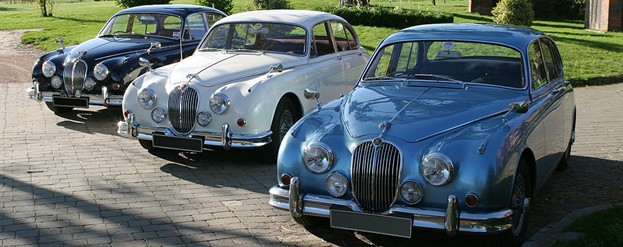
(Image) http://www.classic-car-restorations.co.uk/
The next step is buying your car. Whether you want to buy a fully restored car, or a car that needs restoring, you will need to look in similar places. Many classic cars are sold online at online actions, and also on specific classic car websites. Buying a classic car is mostly the same as buying a regular car, however there are more specific places in which you can buy from, and a lot more questions involved. In addition to the internet, you can find classic cars at car auctions, in magazines, etc. however the internet will allow you to have the widest variety of choice and information. You can also sometimes buy cars, or make an offer on a classic car, at a car show. Car shows are conducted all year round at thousands of different locations and by countless organisations, and cover all different types of cars.
Once you have found a car, or a few cars you like, you will need to decide whether or not it/they are the perfect car for you. You need to ask yourself these questions:
- Is the car within my budget?
- Will I be able to restore the car myself? Or will I need help? If so do I know how to find help?
- Do I have the time and space to restore the car?
When buying your car, it is important that you ask the seller anything that you need to know – after all it’s your decision whether or not you buy, the seller needs to make sure you are happy with it. The main points you should cover are the cars history, any major & minor problems with the engine, mechanics, electronics (if it has any) etc., and why the seller is selling the car – this is important as it could be that the car is going to be harder to restore, or there are underlying problems or issues with the car. When viewing the car, you should also conduct a visual inspection and test drive (if you can, if the car is safe to be driven), to get a better insight into the car and what you are buying.
Once you have decided to buy the car, your next step is to restore it. This could take weeks, months or even years. When restoring the car, you will need to ensure that you research into how to restore the car, where to buy parts, and try to gain some inspiration. Restoring your car will not be an easy job, and will take time, money, practice and motivation – but it’ll all be worth it in the end.
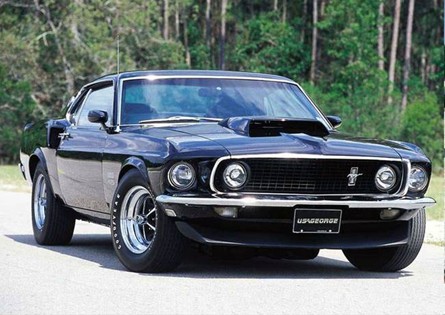 (Image) www.carrestoration.net
_____________________________________________________________________
This guest post comes to us courtesy of Amanda Walters, a journalist, blogger, poet and an artist. She has written for various websites including Huffington Post, DailyWaffle and had her concrete poetry work exhibited at university events in the UK. She loves to network, attend events across the UK, and loves to learn in order to expand her horizons and gain inspiration from those around her. Follow her on twitter.
(Image) www.carrestoration.net
_____________________________________________________________________
This guest post comes to us courtesy of Amanda Walters, a journalist, blogger, poet and an artist. She has written for various websites including Huffington Post, DailyWaffle and had her concrete poetry work exhibited at university events in the UK. She loves to network, attend events across the UK, and loves to learn in order to expand her horizons and gain inspiration from those around her. Follow her on twitter.

